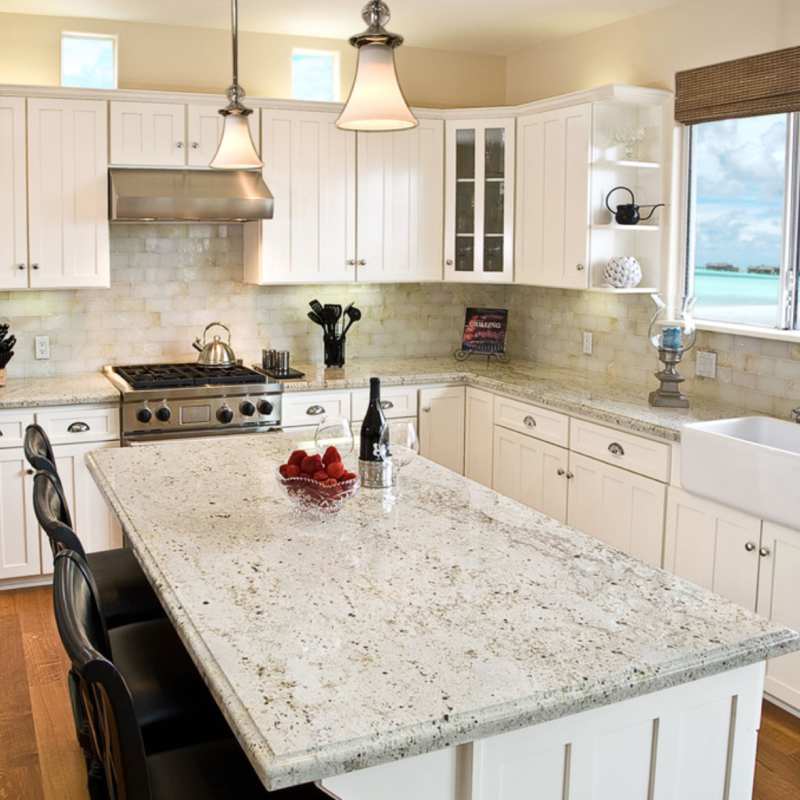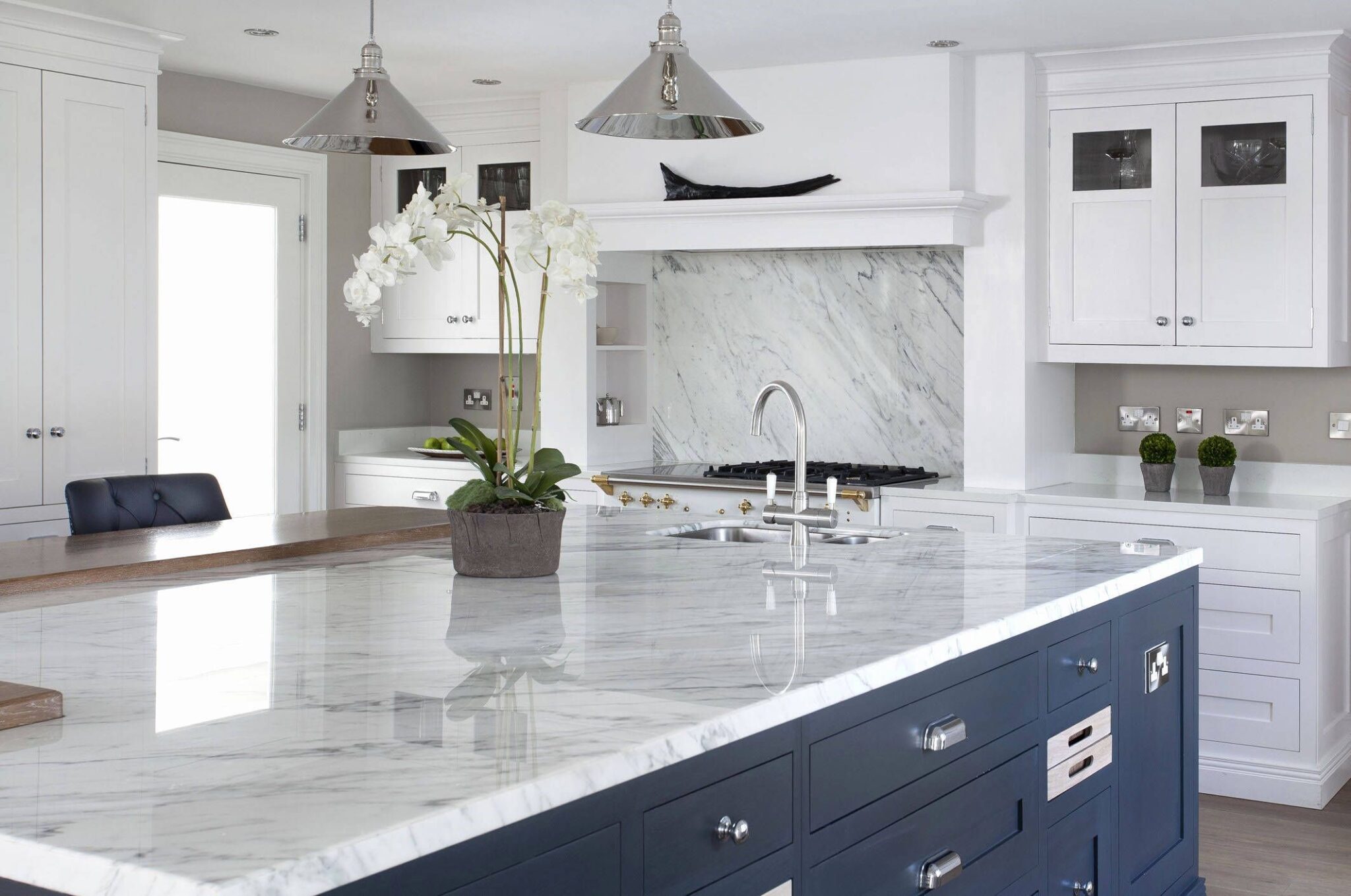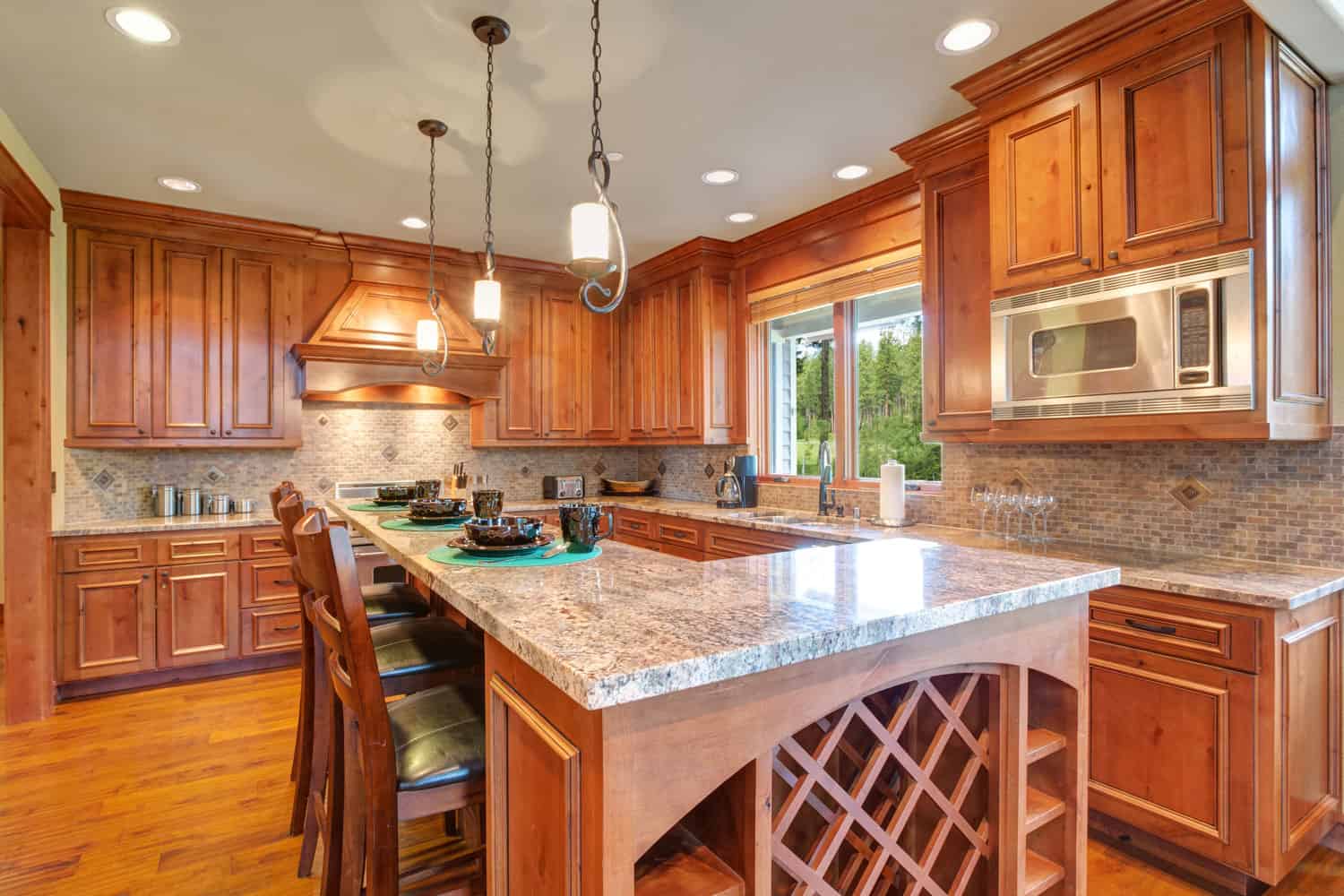Popular Countertop Colors for White Cabinets

White cabinets are a timeless and versatile choice for kitchens, offering a clean and bright backdrop that complements a wide range of countertop colors. This versatility allows homeowners to create a kitchen that reflects their personal style and preferences.
Popular Countertop Colors
The most popular countertop colors for white cabinets include classic options like white, gray, and black. Each color brings a unique visual impact and style to the kitchen, and choosing the right color depends on personal preferences and the desired ambiance.
Benefits of Popular Countertop Colors
- White Countertops: White countertops create a bright and airy feel, maximizing the sense of space and light reflection. They are a timeless choice that complements any style, from traditional to modern.
- Gray Countertops: Gray countertops offer a sophisticated and contemporary look, providing a neutral backdrop for various kitchen designs. They are also a versatile color that can be paired with different accent colors and textures.
- Black Countertops: Black countertops create a dramatic and elegant ambiance, adding a touch of sophistication to the kitchen. They are a bold choice that complements modern and minimalist designs.
Comparing Popular Countertop Colors
The following table compares the pros and cons of popular countertop colors for white cabinets:
| Countertop Color | Pros | Cons |
|---|---|---|
| White | Bright and airy, timeless, versatile, maximizes space | Can show stains easily, requires regular cleaning |
| Gray | Sophisticated and contemporary, versatile, complements various styles | Can appear dull in low light, may require more cleaning than lighter colors |
| Black | Dramatic and elegant, complements modern designs, hides stains easily | Can make the kitchen feel smaller, may show fingerprints and smudges |
Color Psychology and Kitchen Design

The colors you choose for your kitchen can significantly impact its ambiance and mood, influencing how you feel while cooking, eating, and socializing in this central space. Countertop colors, in particular, play a crucial role in shaping the overall feel of the kitchen, as they are a prominent visual element that sets the tone for the entire space.
Color Psychology in Kitchen Design
Color psychology is the study of how colors affect human behavior, emotions, and perceptions. In kitchen design, understanding color psychology allows you to create a space that is not only aesthetically pleasing but also conducive to the activities that take place within it.
“Colors can be used to create a sense of warmth, energy, or tranquility, depending on the desired mood and atmosphere.”
- Warm Colors: Warm colors, such as red, orange, and yellow, are known to stimulate appetite, promote energy, and create a sense of warmth and comfort. These colors are often used in kitchens to create a welcoming and inviting atmosphere. For example, a warm, reddish-brown countertop can evoke a sense of homeliness and coziness, ideal for families who frequently gather in the kitchen.
- Cool Colors: Cool colors, such as blue, green, and purple, are associated with calmness, relaxation, and serenity. They can create a sense of spaciousness and openness, making the kitchen feel larger and more inviting. A cool, light blue countertop, for instance, can make a small kitchen feel more airy and less cluttered.
- Neutral Colors: Neutral colors, such as white, gray, and black, are versatile and can be used to create a variety of moods and styles. They provide a clean and sophisticated backdrop for other colors and design elements. A white countertop, for example, offers a classic and timeless look, while a gray countertop can create a modern and minimalist aesthetic.
Using Color to Define Kitchen Zones
Colors can also be used to define different zones within the kitchen, creating visual separation and organization. This is particularly helpful in larger kitchens or open-plan spaces where different areas serve distinct purposes.
- Cooking Area: A darker countertop color, such as black or dark gray, can be used in the cooking area to create a more focused and practical space. This can help to define the cooking area as a separate zone within the kitchen, creating a sense of order and organization.
- Dining Area: A lighter countertop color, such as white or cream, can be used in the dining area to create a more relaxed and inviting atmosphere. This can help to visually separate the dining area from the cooking area, creating a distinct space for gathering and enjoying meals.
Psychological Effects of Countertop Colors
| Countertop Color | Psychological Effect |
|---|---|
| White | Cleanliness, spaciousness, modernity, classic |
| Black | Sophistication, elegance, formality, practicality |
| Gray | Modernity, versatility, neutrality, calm |
| Red | Energy, warmth, appetite stimulation, excitement |
| Orange | Cheerfulness, creativity, warmth, vibrancy |
| Yellow | Happiness, optimism, energy, clarity |
| Blue | Calmness, relaxation, spaciousness, serenity |
| Green | Nature, tranquility, freshness, growth |
| Brown | Warmth, comfort, earthiness, tradition |
Countertop Materials and Their Properties

Choosing the right countertop material for your kitchen with white cabinets is crucial, as it significantly impacts the overall look, functionality, and longevity of your space. Each material possesses unique characteristics, advantages, and disadvantages that need to be carefully considered to align with your needs and budget.
Granite, Countertop colors for white cabinets
Granite is a natural stone known for its durability, scratch resistance, and heat resistance. It is a popular choice for countertops due to its unique veining patterns and timeless elegance.
- Advantages: Granite is highly durable, scratch-resistant, heat-resistant, and naturally antibacterial. Its unique veining patterns add character and sophistication to the kitchen.
- Disadvantages: Granite is porous and requires sealing to prevent staining. It can be expensive, and the installation process can be time-consuming.
- Appearance and Texture: Granite comes in a wide range of colors and patterns, from classic black and white to bold reds and greens. Its surface is typically smooth and polished, with a slight grainy texture.
Quartz
Quartz is an engineered stone made from crushed quartz crystals and resin. It offers the durability of granite with the added benefit of being non-porous and stain-resistant.
- Advantages: Quartz is highly durable, scratch-resistant, heat-resistant, non-porous, and stain-resistant. It requires minimal maintenance and is available in a wide variety of colors and patterns.
- Disadvantages: Quartz is more expensive than laminate but less expensive than granite. It can be susceptible to scratches from sharp objects, and its surface can feel cold to the touch.
- Appearance and Texture: Quartz countertops are available in a wide range of colors and patterns, including solid colors, veined patterns, and even designs that mimic the look of natural stone. The surface is typically smooth and polished, with a slightly less grainy texture than granite.
Laminate
Laminate countertops are made from layers of paper impregnated with resin and bonded to a core material. They are a budget-friendly option that offers a variety of colors and patterns.
- Advantages: Laminate countertops are affordable, easy to install, and available in a wide variety of colors and patterns. They are also relatively easy to clean and maintain.
- Disadvantages: Laminate countertops are not as durable as granite or quartz. They are susceptible to scratches, heat damage, and water damage. They are also not as aesthetically appealing as natural stone.
- Appearance and Texture: Laminate countertops are available in a wide range of colors and patterns, including solid colors, woodgrain patterns, and designs that mimic the look of natural stone. The surface is typically smooth and polished, with a slightly less grainy texture than granite or quartz.
Butcher Block
Butcher block countertops are made from solid wood, typically maple or walnut. They are known for their warmth, durability, and natural beauty.
- Advantages: Butcher block countertops are durable, scratch-resistant, and heat-resistant. They are also naturally antibacterial and add warmth and character to the kitchen.
- Disadvantages: Butcher block countertops require regular maintenance, including oiling to prevent drying and cracking. They are also susceptible to water damage and can be more expensive than laminate.
- Appearance and Texture: Butcher block countertops have a warm, natural look and feel. The wood grain patterns add character and uniqueness to the kitchen. The surface is typically smooth and polished, with a slightly rough texture.
Table: Countertop Materials Comparison
| Material | Durability | Maintenance | Cost | Appearance and Texture |
|---|---|---|---|---|
| Granite | High | Moderate | High | Unique veining patterns, smooth and polished surface |
| Quartz | High | Low | Moderate | Wide range of colors and patterns, smooth and polished surface |
| Laminate | Moderate | Low | Low | Wide range of colors and patterns, smooth and polished surface |
| Butcher Block | Moderate | High | Moderate | Warm, natural look and feel, smooth and polished surface |
Countertop colors for white cabinets – White cabinets offer a clean canvas for a variety of countertop colors, allowing you to express your personal style. Whether you prefer the warmth of a wood tone, the coolness of a gray, or the boldness of a black, your countertops will set the stage for your kitchen’s ambiance.
For a truly integrated look, consider incorporating a wall cabinet to hide your flat screen TV, like the ones featured in this article. This creates a seamless blend of functionality and aesthetics, ensuring your kitchen remains a space of both beauty and comfort.
White cabinets are a blank canvas, ready to be adorned with the perfect countertop color. From cool grays to warm browns, the options are endless. If you’re drawn to the drama of black granite, you’ll want to consider a backsplash that complements both the countertop and your cabinets.
For inspiration, check out this guide to backsplash for black granite countertops and white cabinets. No matter your choice, remember that the countertop color should reflect your personal style and enhance the overall beauty of your kitchen.